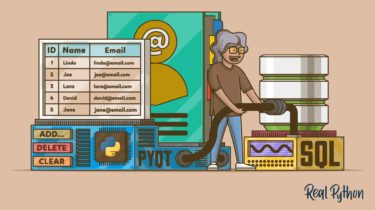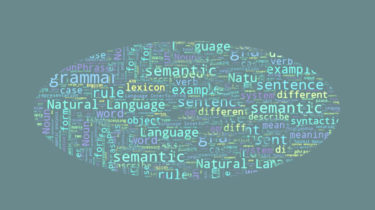Build a Contact Book With Python, PyQt, and SQLite
Building projects is arguably one of the more approachable and effective ways of learning to program. Real projects require you to apply different and varied coding skills. They also encourage you to research topics that pop up as you’re solving problems in the development process. In this tutorial, you’ll create a contact book application with Python, PyQt, and SQLite. In this tutorial, you’ll learn how to: Create a graphical user interface (GUI) for your contact book application using Python and […]
Read more


